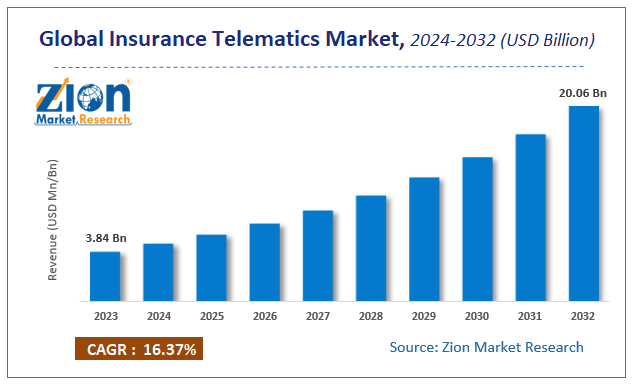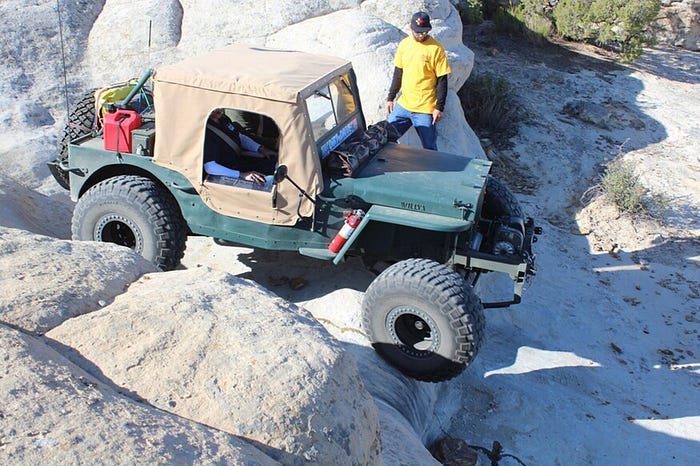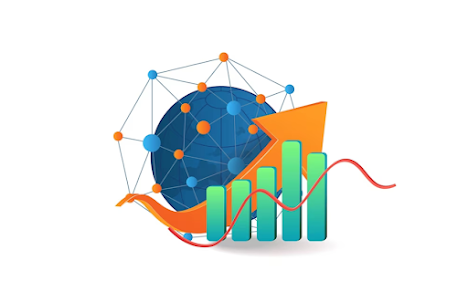
The insurance telematics market focuses on the integration of telematics technology into insurance products and services, particularly in the automotive sector. This market has gained momentum due to the increasing adoption of connected vehicles, the growing need for personalized insurance policies, and advancements in data analytics.

Key Drivers:
- Usage-Based Insurance (UBI): Insurance telematics is the backbone of UBI programs, where insurance premiums are calculated based on driving behavior, mileage, and other telematics data.
- Cost Savings: Both insurers and policyholders benefit from telematics, as it allows for more accurate risk assessment, leading to potentially lower premiums for safe drivers.
- Regulatory Support: Governments in various regions are encouraging the adoption of telematics to improve road safety and reduce accidents, which in turn drives the demand for telematics-based insurance solutions.
- Real-Time Monitoring: Telematics enables real-time monitoring of vehicles, which can be used for immediate claims processing, fraud detection, and customer support.
- Driver Behavior Analytics: Insurers use telematics data to assess driver behavior, offering incentives for safe driving and implementing corrective measures for risky behavior.
Market Segmentation:
- By Application: Pay-As-You-Drive (PAYD), Pay-How-You-Drive (PHYD), Distance-Based Insurance, Fleet Management.
- By Offering: Hardware (black boxes, OBD devices), Software (analytics platforms, mobile apps), Services (consulting, implementation).
- By Deployment: On-Premises, Cloud-Based.
- By End-User: Individual Customers, Fleet Owners, Commercial Vehicles, Insurance Companies.
- By Region: North America, Europe, Asia-Pacific, Latin America, Middle East & Africa.
Trends:
- Data-Driven Personalization: Insurers are increasingly using telematics data to offer highly personalized insurance policies, tailoring premiums and coverage to individual driving habits.
- Integration with Connected Vehicles: As the number of connected vehicles grows, the integration of telematics with in-car systems becomes more seamless, enhancing the capabilities of insurance telematics.
- Advanced Analytics: The use of AI and machine learning in telematics is enabling more sophisticated risk assessments, predictive analytics, and automated claims processing.
- Growing Adoption in Commercial Fleets: Fleet operators are leveraging telematics for insurance purposes, focusing on reducing costs, improving driver safety, and managing risk more effectively.
- Partnerships and Collaborations: Insurers are increasingly partnering with automotive OEMs, telematics providers, and technology companies to develop integrated telematics insurance solutions.
Challenges:
- Data Privacy Concerns: The collection and use of telematics data raise privacy issues, particularly concerning how data is stored, shared, and protected.
- High Implementation Costs: The cost of telematics devices and the infrastructure needed to support telematics-based insurance can be a barrier to widespread adoption.
- Consumer Resistance: Some drivers are wary of the continuous monitoring that comes with telematics, fearing a loss of privacy or potential penalties for minor infractions.
Key Players:
- Octo Telematics
- Vodafone Automotive
- TomTom Telematics
- Verizon Connect
- Cambridge Mobile Telematics
- The Floow
- Trak Global Group
The insurance telematics market is poised for substantial growth as more insurers adopt technology to offer competitive, data-driven insurance products. The market is likely to evolve with advancements in vehicle connectivity, AI, and data analytics, offering new opportunities for innovation in the insurance industry.
Contact Us:
Zion Market Research
USA/Canada Toll Free: 1 (855) 465–4651
Newark: 1 (302) 444–0166
Web: https://www.zionmarketresearch.com/
Blog: https://zmrblog.com/
read other report :
https://www.linkedin.com/pulse/plant-based-thickener-market-size-share-global-e5qwf
https://www.linkedin.com/pulse/2030-latest-report-rigid-packaging-containers-market-rcgqf
https://www.linkedin.com/pulse/smart-railways-market-newest-report-size-booming-insights-x3ovf
https://www.linkedin.com/pulse/plant-based-meat-market-219-reports-pages-booming-
https://www.linkedin.com/pulse/plant-based-seafood-market-size-latest-reports-business-ekxdf

















